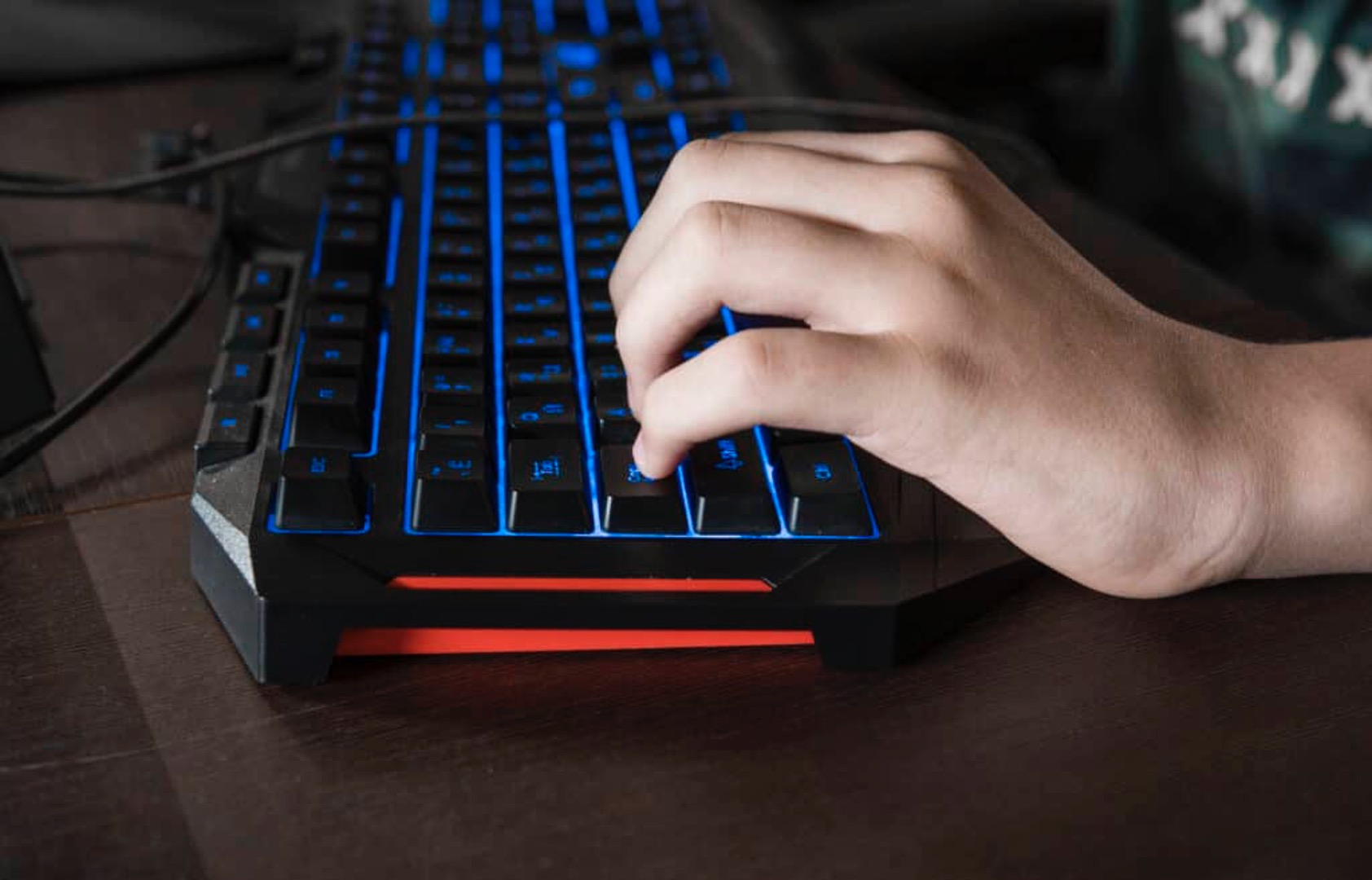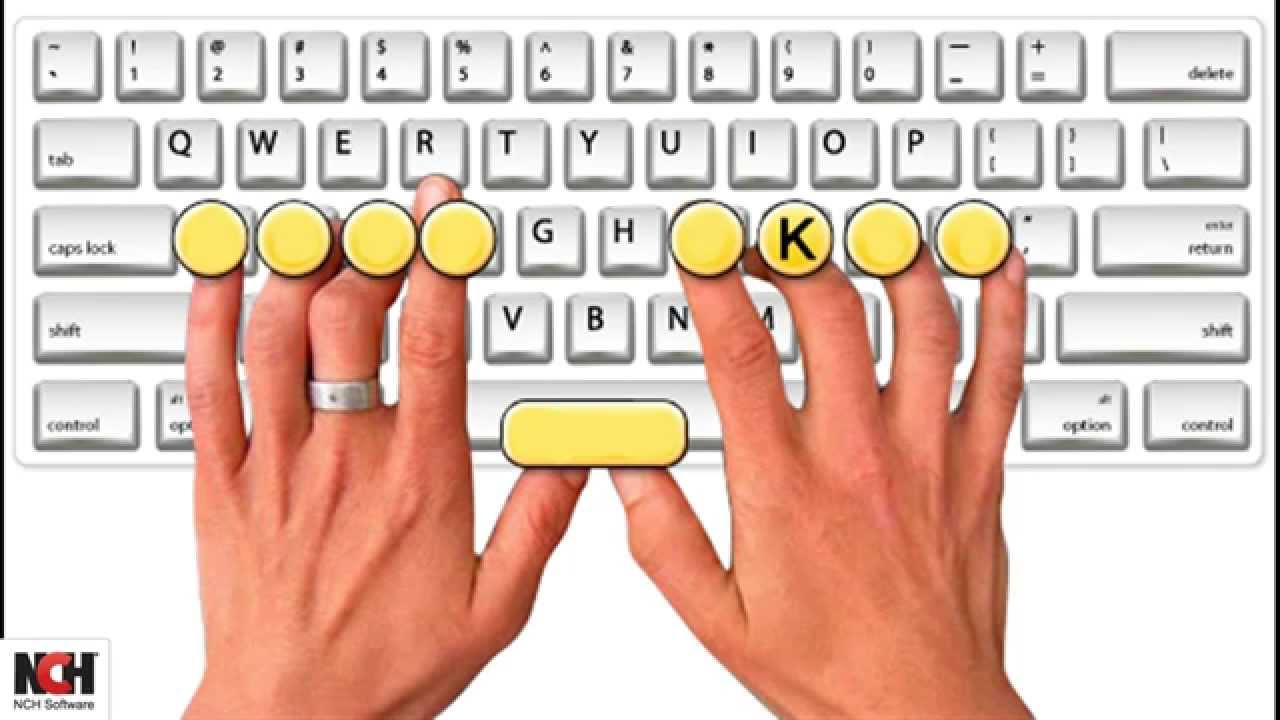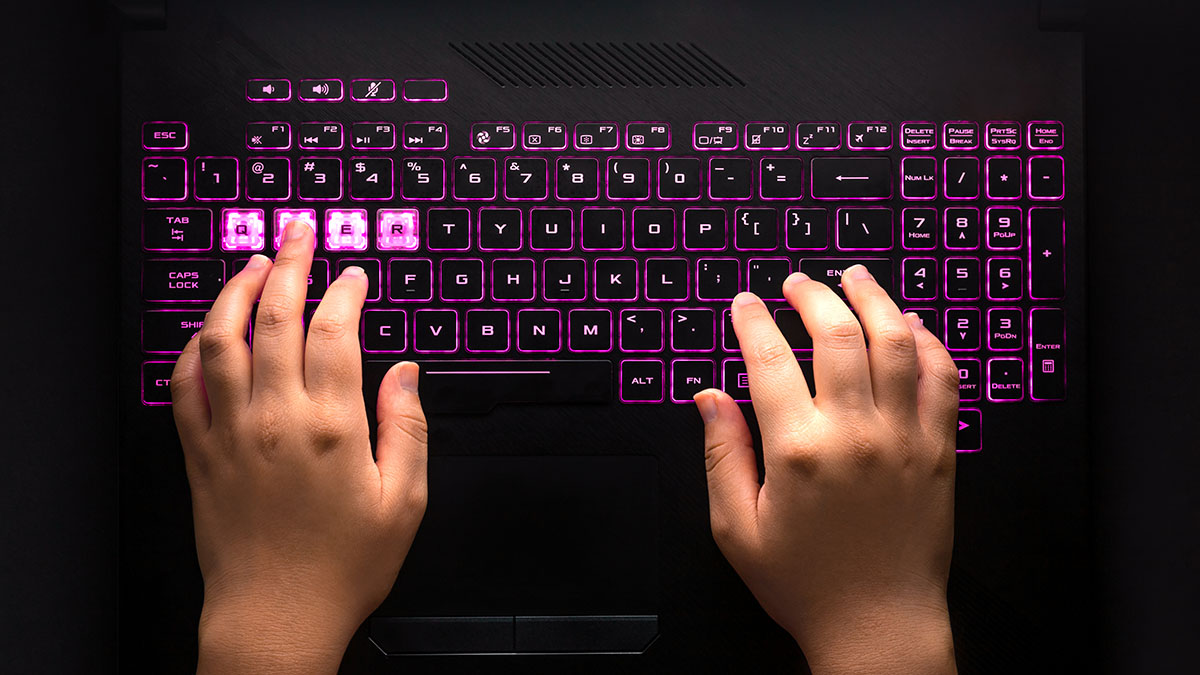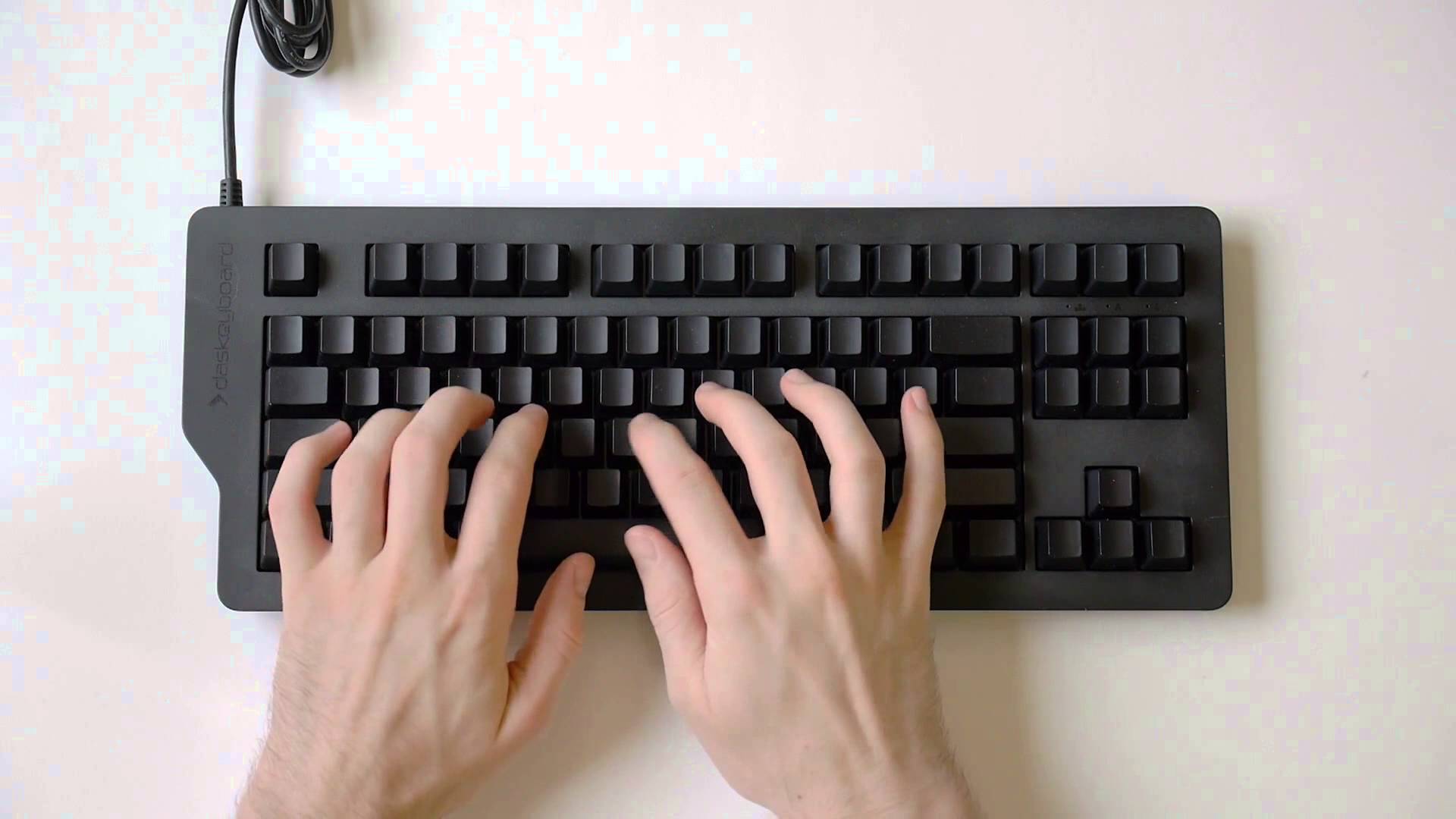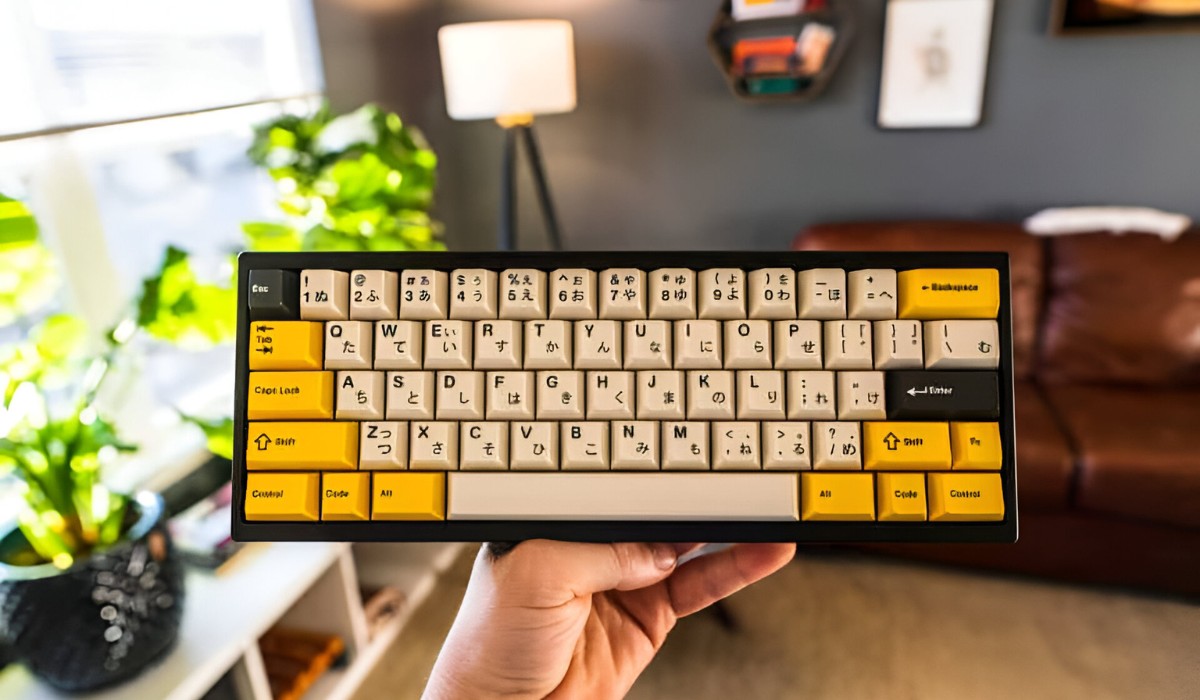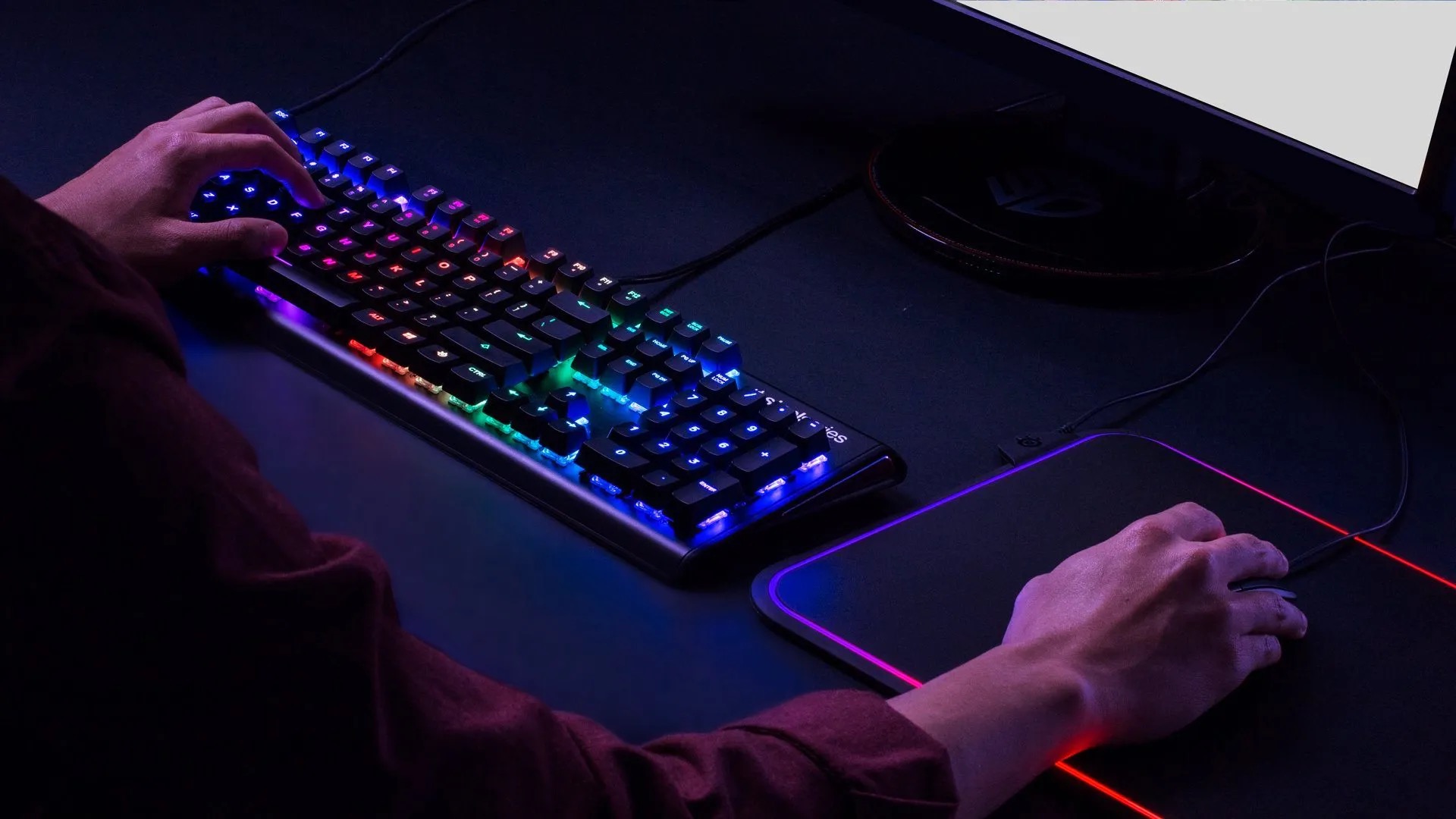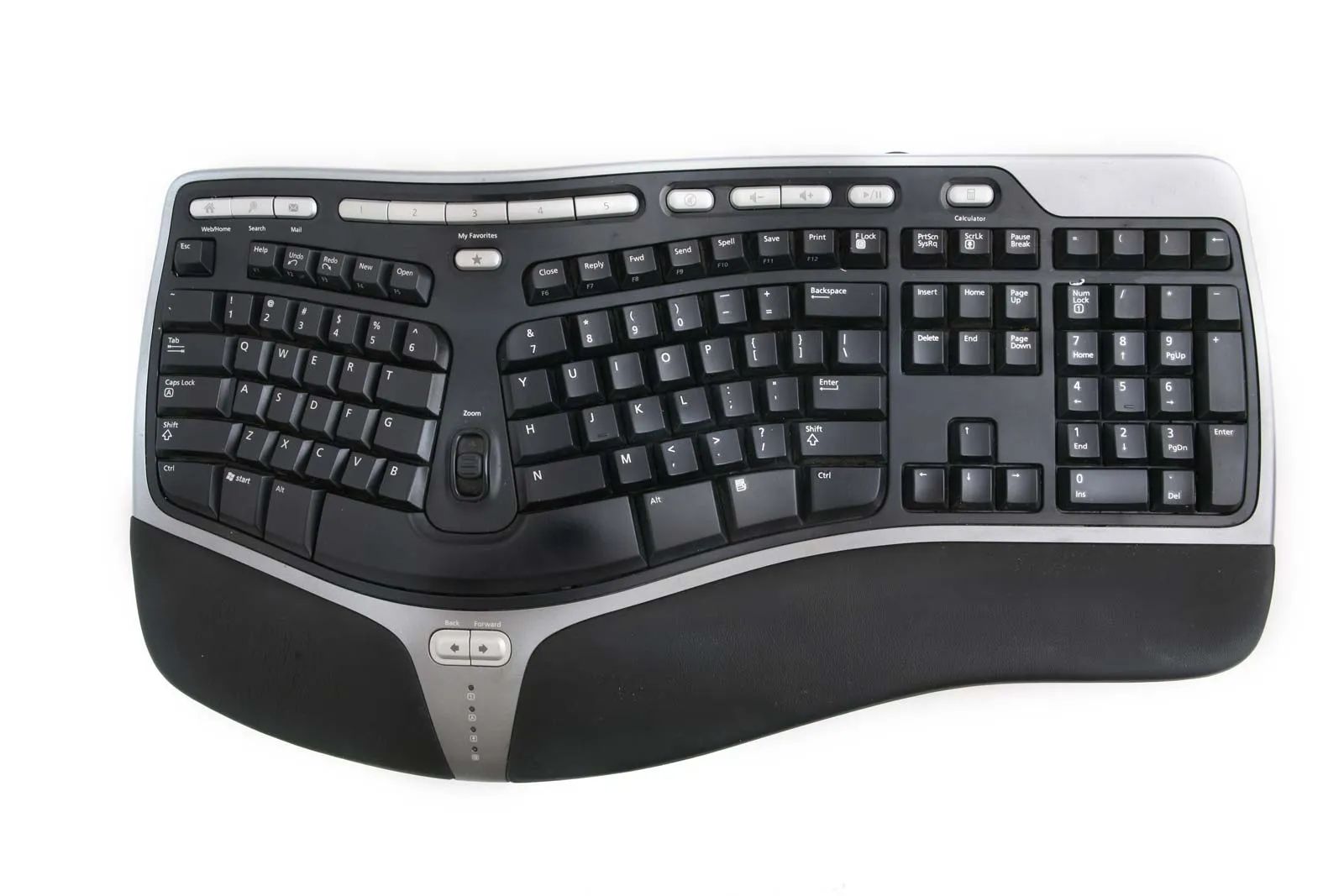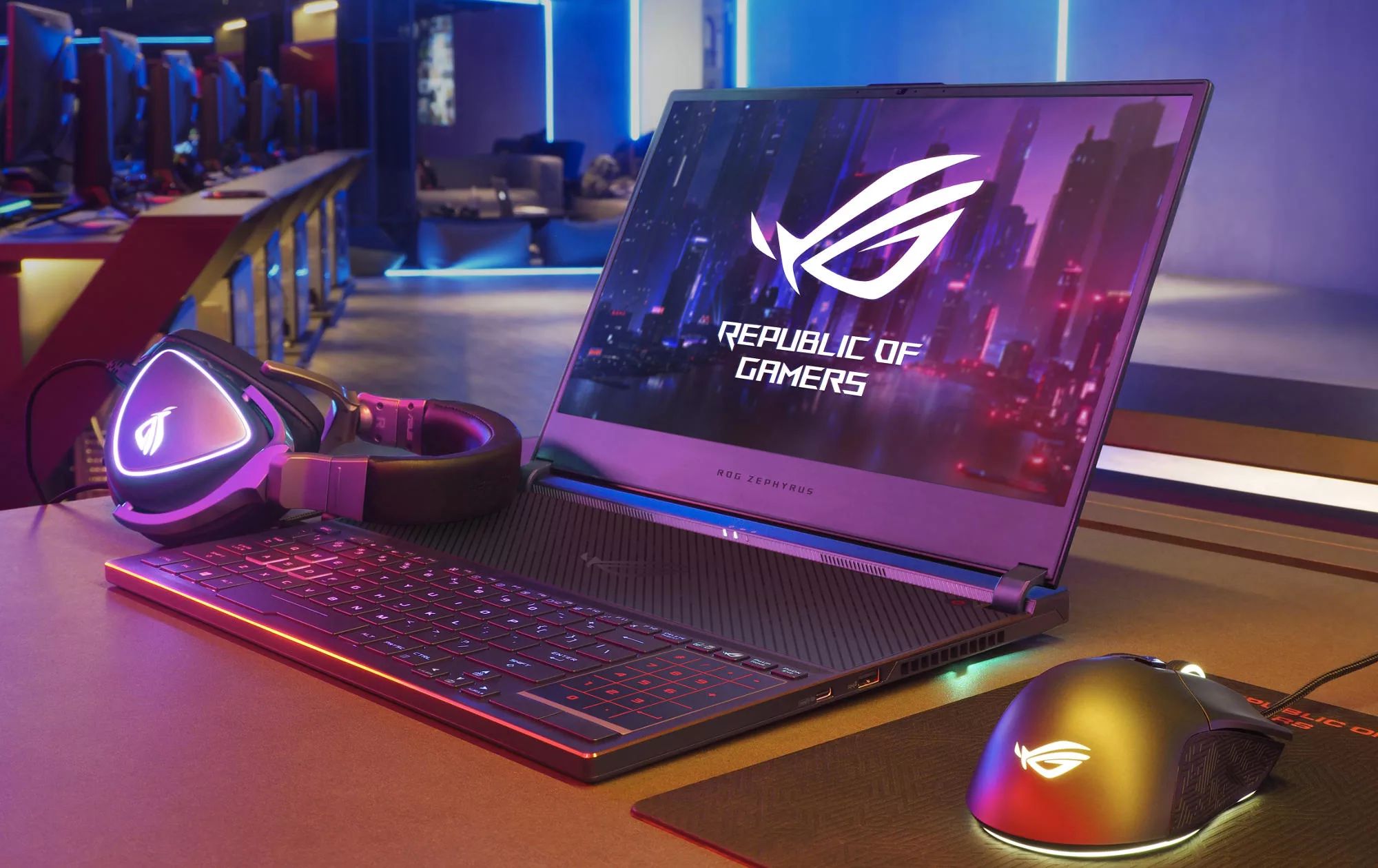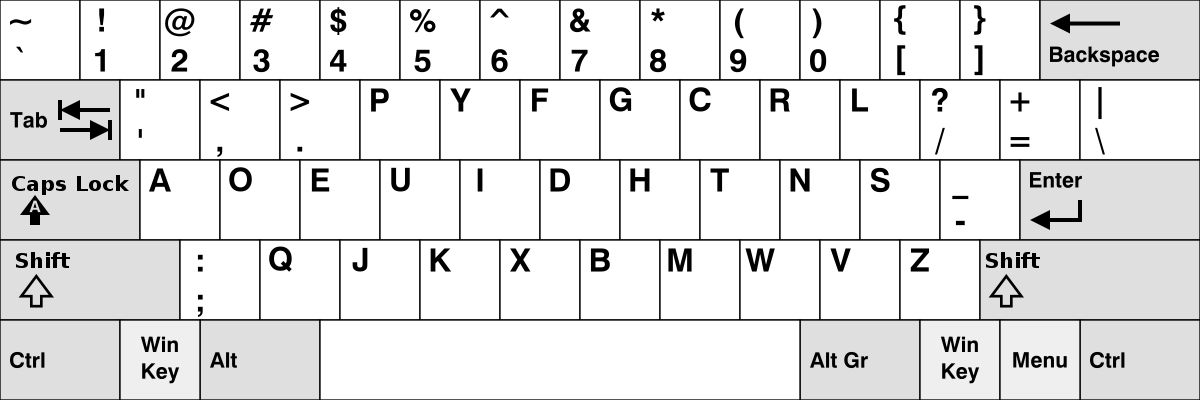Introduction
Playing video games has become a popular pastime for people of all ages, and mastering the art of gaming often involves more than just skill and strategy. One often overlooked aspect of gaming is the positioning of the fingers on the keyboard, which can significantly impact a player's performance. Proper finger positioning is crucial for speed, accuracy, and overall gaming experience, making it an essential skill for gamers to develop.
In the world of gaming, every keystroke matters. Whether you're navigating a complex virtual environment, executing a series of rapid commands, or engaging in intense combat, the way you position your fingers on the keyboard can make all the difference. By mastering the art of finger positioning, gamers can enhance their gameplay, reduce the risk of hand fatigue, and ultimately gain a competitive edge.
In this guide, we will explore the importance of finger positioning in gaming and provide valuable insights into basic and advanced techniques to optimize your keyboard skills. Additionally, we will highlight common mistakes to avoid, helping you refine your approach to finger positioning for an improved gaming experience. Whether you're a casual gamer or aspiring professional, understanding and implementing proper finger positioning can elevate your gaming performance to new heights. Let's delve into the world of finger positioning on a gaming keyboard and unlock the secrets to enhanced gaming proficiency.
Why Finger Positioning is Important
Effective finger positioning on a gaming keyboard is crucial for several reasons. Firstly, it directly impacts a player’s speed and accuracy, which are vital for executing commands swiftly and precisely during gameplay. By adopting the correct finger positions, gamers can minimize the time it takes to reach specific keys, resulting in faster reactions and improved performance.
Furthermore, proper finger positioning can reduce the risk of hand fatigue and discomfort during extended gaming sessions. When fingers are placed on the appropriate keys, the hand and wrist can maintain a more natural and relaxed posture, minimizing strain and potential injuries. This ergonomic advantage not only enhances comfort but also promotes long-term health for dedicated gamers.
Another key benefit of mastering finger positioning is the development of muscle memory. By consistently using the same finger placements for specific commands, players can train their muscles to react instinctively, leading to increased efficiency and precision. This muscle memory is essential for executing complex sequences of commands without hesitation, ultimately enhancing a player’s overall gaming experience.
Moreover, optimal finger positioning contributes to a more intuitive and fluid gaming experience. When a player’s fingers are correctly aligned with the most frequently used keys, transitions between different commands become seamless, allowing for smoother gameplay and improved responsiveness.
Overall, understanding the importance of finger positioning on a gaming keyboard is essential for gamers looking to elevate their skills. By mastering this fundamental aspect of gaming, players can enhance their speed, accuracy, comfort, muscle memory, and overall gaming experience, ultimately leading to improved performance and enjoyment.
Basic Finger Positioning
Basic finger positioning forms the foundation of efficient keyboard use in gaming. The standard finger placement for most gamers involves resting the left hand on the “ASDF” keys and the right hand on the “JKL;” keys. This positioning allows for quick access to the essential movement and action keys, such as “W,” “A,” “S,” “D,” and the spacebar, as well as the various command keys.
The index fingers are primarily responsible for the “F” and “J” keys, which are marked with tactile indicators to help players locate the home position without looking at the keyboard. The remaining fingers are then naturally positioned to cover adjacent keys, with the pinky fingers resting on the “A” and “;” keys and the thumbs ready to access the spacebar.
When resting the fingers on the home keys, it’s essential to maintain a relaxed and slightly curved hand position, with minimal tension in the wrists and fingers. This posture allows for optimal mobility and reduces the risk of strain during prolonged gaming sessions.
Developing muscle memory for basic finger positioning is crucial for seamless and efficient gameplay. By consistently practicing this hand placement, players can enhance their ability to execute commands rapidly and accurately without the need to look at the keyboard. This muscle memory is essential for mastering the fundamental movements and commands required for various gaming genres.
Furthermore, basic finger positioning serves as a solid starting point for players to build upon as they advance in their gaming skills. By mastering this foundational technique, gamers can lay the groundwork for more advanced finger positioning strategies, ultimately leading to improved speed, accuracy, and overall gaming proficiency.
Advanced Finger Positioning Techniques
As gamers progress in their skills, they may explore advanced finger positioning techniques to further optimize their keyboard performance. One such technique involves utilizing additional keys and finger placements to enhance speed, efficiency, and versatility during gameplay.
One advanced technique is the utilization of the “QWER” keys for quick access to ability hotkeys in many popular MOBA (Multiplayer Online Battle Arena) games. By incorporating the middle and index fingers to cover these keys, players can seamlessly execute character abilities and spells while maintaining control of character movement with the remaining fingers.
For first-person shooter (FPS) games, advanced finger positioning may involve integrating the use of the left hand’s pinky finger to access additional keys, such as “Ctrl” or “Shift,” to crouch or sprint, providing greater control and flexibility during intense combat scenarios.
Furthermore, some gamers may adopt a modified hand positioning technique, such as the “ESDF” configuration, which shifts the home position one key to the right. This adjustment allows for access to more keys on the left side of the keyboard, providing additional options for key bindings and commands without sacrificing the familiarity of the standard “ASDF” positioning.
Advanced finger positioning techniques also encompass the utilization of auxiliary gaming peripherals, such as programmable keypads and gaming mice with customizable buttons. These devices enable players to assign complex commands and macros to specific finger movements, further enhancing their gaming capabilities and efficiency.
Mastering advanced finger positioning techniques requires dedicated practice and adaptation to individual gaming preferences. By exploring and integrating these techniques into their gameplay, gamers can gain a competitive edge, improve their reaction times, and optimize their overall gaming experience.
Common Mistakes to Avoid
While mastering finger positioning on a gaming keyboard, it’s essential to be mindful of common mistakes that can hinder performance and comfort during gameplay. By recognizing and addressing these pitfalls, gamers can refine their techniques and optimize their overall gaming experience.
One prevalent mistake is excessive tension in the fingers and wrists. Maintaining a relaxed hand posture is crucial for preventing discomfort and potential injuries during extended gaming sessions. Players should strive to keep their fingers lightly positioned on the keys, minimizing unnecessary strain and promoting fluid movement.
Another common error is the reliance on incorrect finger placements for specific commands. It’s essential to develop muscle memory for the appropriate finger positioning to execute commands efficiently. Using the wrong fingers for key presses can lead to slower reactions and reduced accuracy, impacting overall gaming performance.
Furthermore, neglecting to take regular breaks and perform hand and wrist exercises can contribute to fatigue and discomfort. Gamers should incorporate brief rest periods and stretches into their gaming sessions to alleviate tension and maintain hand dexterity.
Inconsistent finger positioning can also impede gaming proficiency. Players should strive for consistency in their hand placement to develop muscle memory and optimize their reaction times. Shifting finger positions frequently can lead to confusion and hinder the development of efficient gaming techniques.
In addition, overlooking the ergonomic design of the gaming setup can lead to discomfort and potential health issues. Gamers should invest in an ergonomic keyboard and consider the arrangement of their gaming space to promote a comfortable and supportive environment for extended gaming sessions.
Lastly, failing to customize key bindings and optimize the gaming setup to suit individual preferences can limit a player’s potential. By personalizing the keyboard layout and command assignments to align with their preferred finger positioning, gamers can enhance their efficiency and overall gaming experience.
By avoiding these common mistakes and prioritizing proper finger positioning, gamers can elevate their skills, enhance their comfort, and unlock their full gaming potential.
Conclusion
Mastering the art of finger positioning on a gaming keyboard is a fundamental skill that can significantly impact a player’s performance, comfort, and overall gaming experience. By understanding the importance of proper finger placement and adopting efficient techniques, gamers can enhance their speed, accuracy, and versatility during gameplay.
From basic finger positioning on the standard “ASDF” and “JKL;” keys to advanced techniques that optimize key accessibility and command execution, the way players position their fingers can make a substantial difference in their gaming proficiency. Developing muscle memory for consistent finger placements and avoiding common mistakes, such as excessive tension and incorrect finger usage, are essential steps toward refining one’s gaming skills.
Furthermore, embracing ergonomic principles, customizing key bindings, and incorporating regular hand and wrist exercises can contribute to a more comfortable and sustainable gaming experience. Gamers who prioritize proper finger positioning and ergonomic practices can reduce the risk of hand fatigue and discomfort, ultimately promoting long-term health and well-being.
As gaming continues to evolve and demand higher levels of skill and precision, the significance of mastering finger positioning on a gaming keyboard cannot be overstated. Whether engaging in intense combat scenarios, executing complex ability combinations, or navigating intricate virtual environments, the way a player positions their fingers can directly impact their performance and enjoyment of the game.
By recognizing the importance of finger positioning and dedicating time to refine this essential skill, gamers can unlock their full potential, improve their reaction times, and gain a competitive edge in the gaming world. The journey to mastering finger positioning is an ongoing process that requires dedication, practice, and a commitment to ergonomic principles, ultimately leading to enhanced gaming proficiency and enjoyment.







